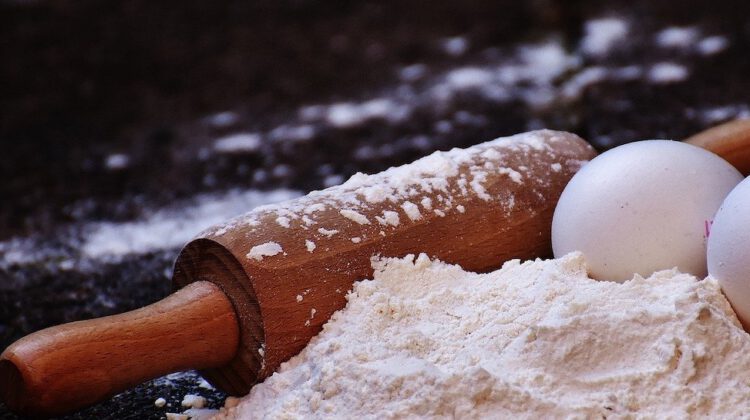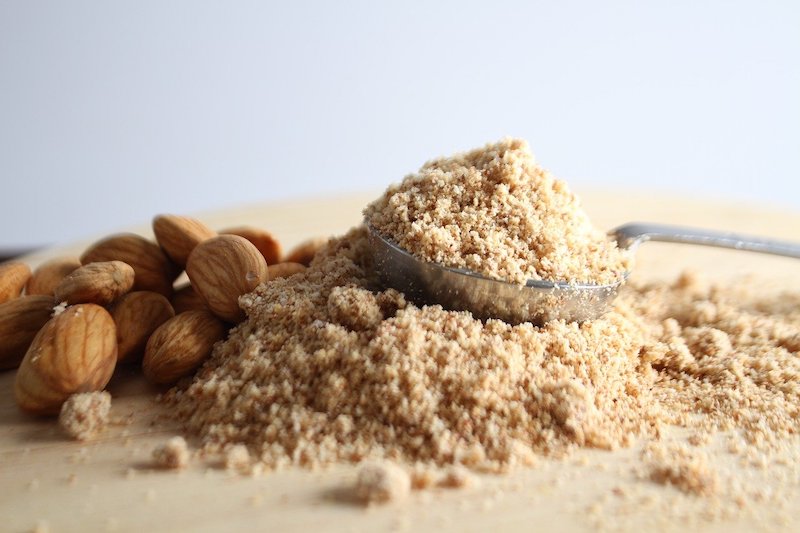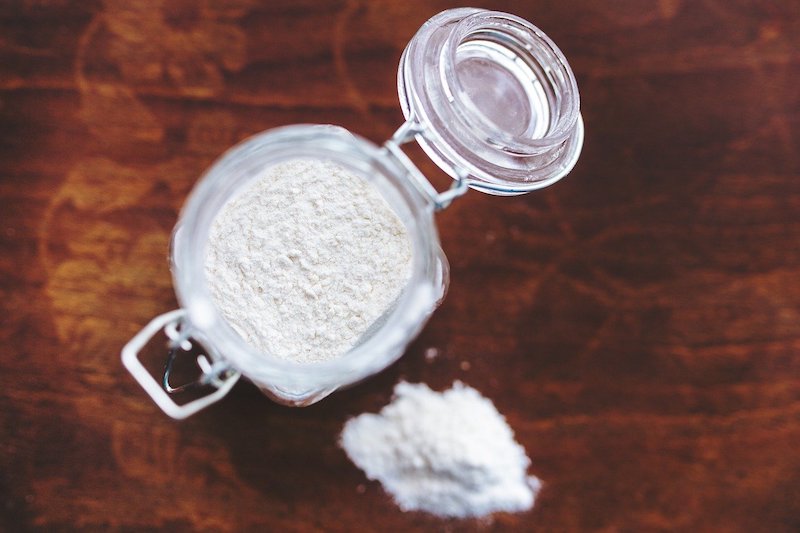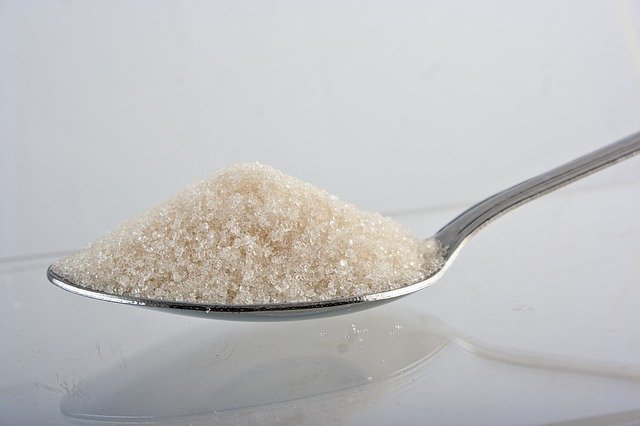
Flour and sugars are essential pantry supplies. Let’s talk about the best way to store them long term.
Flour is a pantry staple that, unless you go through it rapidly, is at risk of becoming rancid or filled with vermin, such as weevils. Flour stored in its original paper bag will only last 3-6 months.
FLOUR
How to Store Refined or White Flour
- There are a few things you can do to increase the storage life of your flour and keep it vermin free:
- Place your bag of flour in the freezer for 72 hours.
- When you get home from the grocery store, simply place the flour in the freezer and leave it there for three days. Freezing flour will kill any weevil or insect eggs in the flour.
- Let the frozen flour come to room temperature before transferring it to your storage container. You don’t want condensation to form in the container and spoil.
- Transfer the flour to a food-grade container with a tight lid. This will help keep the moisture and bugs out. Another benefit is it will block odors and other flavors from leeching into your flour.
- Add an oxygen absorber. These will keep the oxygen out and will prevent any weevil eggs from hatching. Storing flour in a mason jar or Mylar bag with an oxygen absorber can keep flour fresh for over a year.
- Store your flour in a cool, dark place, not in direct sunlight.
Following these steps will keep your flour fresh for one year or longer.
You can also keep your flour in the freezer for more extended storage if you have the space. Refined flour can last up to two years in the freezer.
Note: for best results, scoop out what you need and then let the flour come to room temperature before using.
Whole-Grain and Other Flours
Whole grain, oat, rice, rye, almond flours are prone to spoiling faster because they contain oils that ruin the flavor when they oxidize. The higher levels of natural oils will cause them to go rancid quickly at room temperature.
Steps to storing whole grain flour are the same as for refined flour. Freeze the flour for three days, bring it to room temperature, transfer it to an airtight container, and store it in a cool place. Storing in the fridge will keep it fresh for six months and the freezer for a year.


You can get a shelf life of 10+ years for your flour if you store it in a mylar or foil bag with an oxygen absorber. Once the mylar bag is sealed, store it in a food-grade container to keep out pests. Mylar bags are great for keeping food fresh, but they are not rodent-proof.
Another long-term storage option for flour is to purchase flour that has been packed in number 10 cans. Shelf life of 10 years can be achieved if stored in a cool dry place. Here is a link to a fantastic online store from The Church of Jesus Christ of Latter-Day Saints.
When should I throw out flour?
The bugs found in flour are called weevils. Female weevils will lay eggs inside the grain kernel. If you see a brownish surface in your flour, that could be weevil eggs. If the flour smells rancid or if there is a minty odor, toss the flour. Put the infected food in a bag and take it directly to the outside trash.
SUGARS – GRANULATED, BROWN, AND POWDERED
Granulated Sugar
Granulated sugar has an indefinite shelf life… when it is stored properly. Sugar does not support bacterial growth, but it can become hard over time or clump if exposed to moisture.
Ants love sugar, and if not protected, they can infiltrate your sugar storage.
The best way to store sugar is to keep it fresh and dry by keeping it in an airtight container after opening. Keep the sugar away from heat and moisture.
You can keep the sugar in the original bag. Place the bag in a heavy-duty plastic bag and seal it, or store in an airtight plastic bucket.
Suitable storage containers for sugar include foil or mylar bags, food-grade plastic buckets, glass canning jars, and #10 cans.
DO NOT package sugar with an oxygen absorber. This will harden the sugar.
Sugar will readily absorb odors, including storage containers. If the sugar has been stored in a metal can and has absorbed the metal flavor, you can let the sugar air out in a different container.
When to throw it out:
If you see signs of mold or color change, the sugar has most likely been contaminated with some other food source, and you should throw it out.
Sugar is essential to store in your emergency food supply for several reasons:
- Sugar is used for food preservation like jams and jellies.
- A paste made from equal parts of sugar and water can soothe bee stings and bug bites.
- Sugar can be used to feed bees, hummingbirds, and butterflies.
- Make an exfoliating body scrub with sugar and olive oil.
- Add sugar to hand soap lather to act as an abrasive to remove grease or heavy grime.
- Combat nematodes in the garden by applying 5 pounds of sugar for every 250 square feet of garden.
- Trap wasps.


BROWN SUGAR
Storing brown sugar is similar to granulated sugar. Brown sugar does not support microbial growth and should be stored in a cool, dry place and away from heat.
Bugs and insects can still find their way into brown sugar bags, so make sure to store them in an airtight container.
If your brown sugar starts to clump over time, it is still ok to use. You can try to break up the clumps with a fork. Or microwave for a few seconds with a damp paper towel over the top.
POWDERED SUGAR
Powdered sugar can also be stored indefinitely with proper care. Keep away from heat and moisture and store in an airtight container.
If powdered sugar forms small clumps, break them up with a fork and your fingers.
If your sugar smells funny or pantry pests have gotten into your powder sugar, it is best to throw it out.

WOULD YOU LIKE TO PRINT THIS INFORMATION AND STORE IT FOR FUTURE USE?
GET YOUR FREE PRINTABLE PDF FOR FLOUR AND SUGAR STORAGE HERE!
